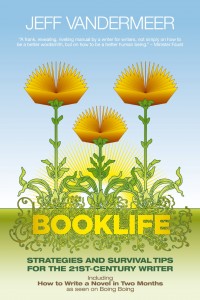This afternoon, I checked out a pretty sweet Kickstarter for a graphic novel. The story seemed interesting, the art was gorgeous, and the buy-in was pretty decent. I really liked the project.
I almost backed it, but one thing stopped me.
The Kickstarter page was riddled with typos and poor punctuation.
When I’m backing a project, I want to know that the quality will be the best it can be. When I’m creating one of those projects, I want to make sure that my backers get the best possible thing. Anything less is a problem.
We all make errors, sometimes in highly-visible, embarrassing places. Everyone has a story or ten about typos. Lord knows that a recent project has two errors that I’m mortified about. But I do my best to prevent them, because, as a writer, editor, and publicist, I make my living with words, and that means that I am judged by my words.
We’ve moved out of the exciting, fresh days of Kickstarter. Most of us have backed more than a few projects, and many of us have gotten burned, somehow. Backers typically also have limited budgets, and Kickstarters aren’t usually cheap. It’s more of an uphill battle for pledges than ever, and everything has to be just right.
There are several hurdles to overcome in the quest to earn pledges. When I put together a Kickstarter page for a publishing project, my words literally make the difference between success and failure.
Step 1: First look: Is it pretty? Does it immediately capture their interest? Do they want to look at more? This is a combination of the visual elements and the first hooks.
Step 2: The overview. They think it looks cool, but now they want to find out if it’s something they really want.
Step 3: The critical judgment (sometimes overpowered by the shiny). The visual and informative elements are now combining to give your project a total sum. There’s a tipping point between ‘yes’, and ‘no’, and from there, it’s a matter of how much they’ll be pledging, which is also complicated algebra dependent on your page.
All of the steps are complicated and important, but they can all be undone by one little element: poor execution. Bad spelling, poor punctuation, clunky language, or inconsistent formatting can completely ruin all the other amazing things you’ve done with your project. It introduces an element of doubt: “If they don’t care about proofreading this important, public-facing thing, will they care about the project once I’ve given them money?”
There are so many battles to fight on the road to create a successful project. Don’t sabotage yourself by neglecting the most important details.
